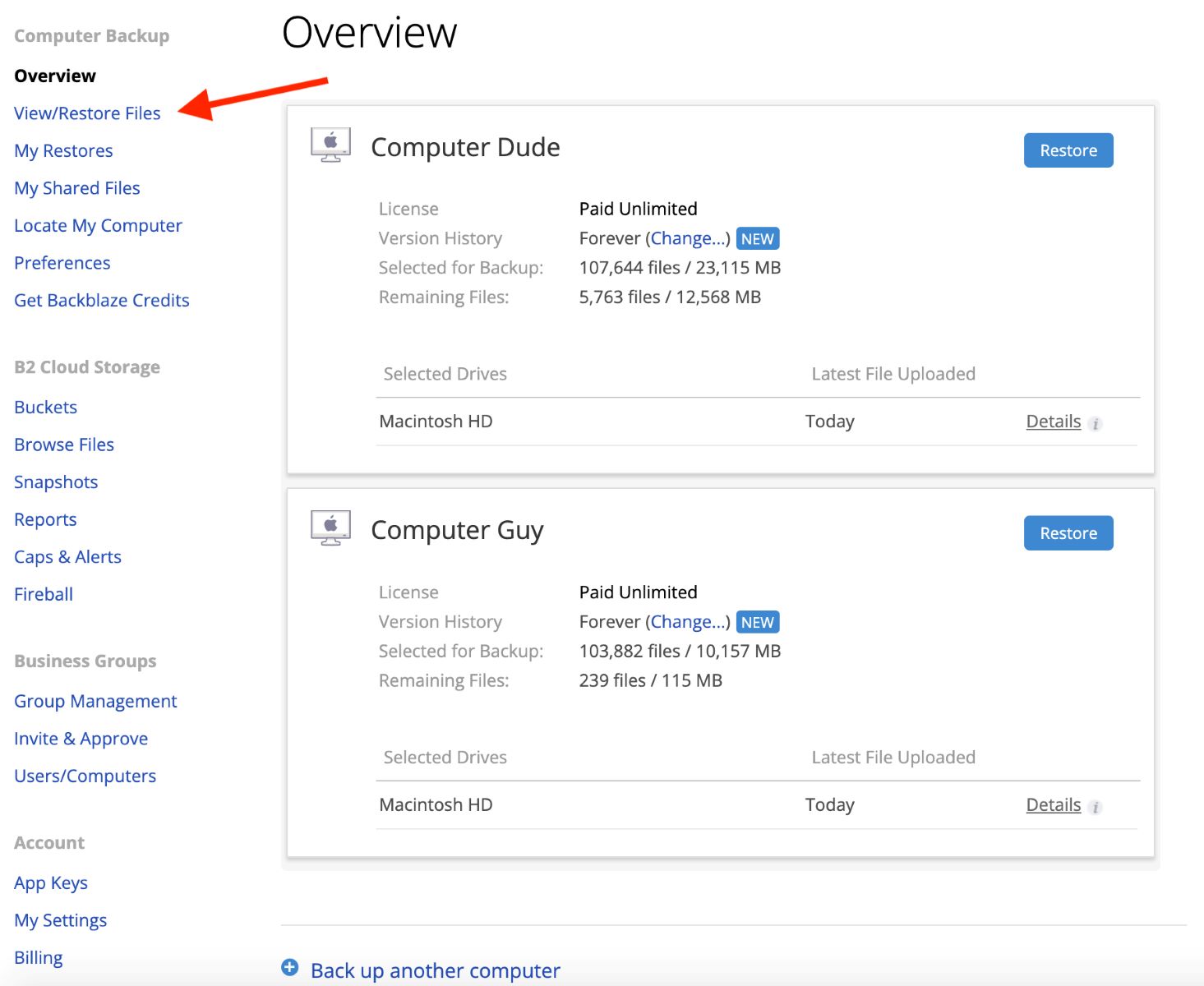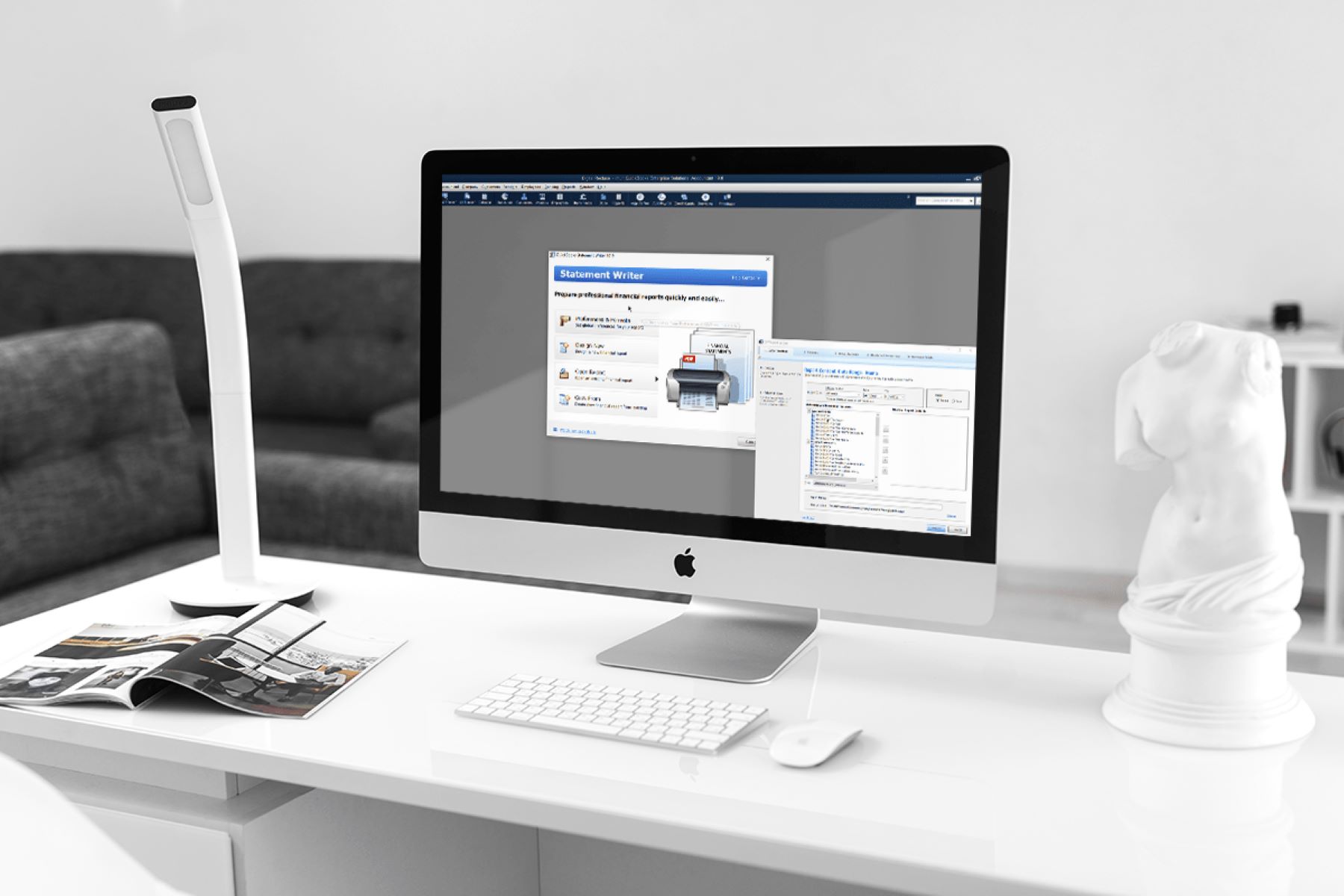Introduction
QuickBooks is a popular accounting software used by businesses of all sizes to manage their financial operations. Whether you are a small-business owner or a bookkeeper, being able to open QuickBooks files is essential for accessing and updating financial data. However, the process of opening QuickBooks files can sometimes be confusing, especially with different file formats and methods available.
In this article, we will guide you through various methods to open QuickBooks files, whether you are using QuickBooks Desktop or QuickBooks Online. We will also provide troubleshooting tips for common issues you may encounter during the file opening process. So, let’s get started and explore the different ways to open QuickBooks files!
Understanding QuickBooks File Formats
Before we dive into the methods of opening QuickBooks files, it’s important to understand the different file formats used by QuickBooks. QuickBooks primarily uses two file formats:
- .QBW: This is the primary file format used by QuickBooks Desktop. It stores all the financial data, transactions, and settings for a company.
- .QBO: This is the file format used by QuickBooks Online. It is an online version of QuickBooks that allows users to access their financial data from anywhere with an internet connection.
Now that we have a basic understanding of the QuickBooks file formats, let’s explore the different methods of opening QuickBooks files.
Understanding QuickBooks File Formats
Before we dive into the methods of opening QuickBooks files, it’s important to understand the different file formats used by QuickBooks. QuickBooks primarily uses two file formats:
- .QBW: This is the primary file format used by QuickBooks Desktop. It stores all the financial data, transactions, and settings for a company.
- .QBO: This is the file format used by QuickBooks Online. It is an online version of QuickBooks that allows users to access their financial data from anywhere with an internet connection.
The .QBW file format, used by QuickBooks Desktop, is a proprietary format that contains all the company’s financial information. It includes data such as chart of accounts, transactions, invoices, bank statements, and more. QuickBooks Desktop typically saves the .QBW file locally on the user’s computer or on a network server for multi-user access.
On the other hand, the .QBO file format is used by QuickBooks Online. It is a web-based version of QuickBooks that allows users to access their finances from any device with an internet connection. With QuickBooks Online, users can collaborate with their team members in real-time, create invoices, track expenses, and manage their books from anywhere.
The key difference between the .QBW and .QBO file formats is that the former requires the QuickBooks Desktop software to be installed on the system, while the latter can be accessed through a web browser. This distinction is important to keep in mind when deciding which method to use for opening QuickBooks files.
In summary, understanding the different file formats used by QuickBooks is fundamental when it comes to opening and managing QuickBooks files. Whether you are using QuickBooks Desktop with its .QBW file format or QuickBooks Online with its .QBO file format, being aware of the distinctions between the two will help you select the appropriate method to open and work with your QuickBooks files.
Method 1: Opening QuickBooks Files through QuickBooks Desktop
QuickBooks Desktop is a powerful accounting software that allows users to manage their financial information on a local computer or network server. If you have a QuickBooks file in the .QBW format, here’s how you can open it using QuickBooks Desktop:
- Launch QuickBooks Desktop on your computer. If you don’t have QuickBooks installed, you will need to download and install it from the official QuickBooks website.
- Once QuickBooks Desktop is open, go to the “File” menu located at the top left corner of the screen.
- Click on “Open” or “Restore Company” (depending on the version of QuickBooks you are using).
- Browse to the location where your QuickBooks file (.QBW) is saved.
- Select the .QBW file you want to open and click “Open”.
- If the file is protected with a password, you will be prompted to enter the password to proceed.
- After entering the password (if required), QuickBooks Desktop will open the selected file, and you will be able to access all your financial data and perform necessary operations.
It’s important to note that QuickBooks Desktop may support multiple versions, so make sure you are using the correct version of QuickBooks to open the specific file. If you are unsure, consult with the person or organization that provided you with the QuickBooks file.
Opening QuickBooks files through QuickBooks Desktop provides a robust and feature-rich experience for managing your financial data. With its wide range of tools and functionalities, QuickBooks Desktop remains a popular choice for businesses that prefer offline access and comprehensive financial management capabilities.
In the next section, we will explore another method for opening QuickBooks files, this time using QuickBooks Online.
Method 2: Opening QuickBooks Files through QuickBooks Online
If you prefer a cloud-based solution and have a QuickBooks file in the .QBO format, you can open it using QuickBooks Online. Here’s how:
- Access a web browser on your computer or mobile device and navigate to the QuickBooks Online login page.
- Enter your QuickBooks Online credentials (username and password) to sign in to your account.
- Once you are logged in, you will be directed to the QuickBooks Online dashboard.
- Click on the “+” icon or the “Create a new company” button, depending on your account setup.
- From the drop-down menu, select “Import QuickBooks Desktop data” or a similar option (the wording may vary).
- Follow the on-screen instructions to locate and select the .QBO file you want to open.
- Click “Open” or “Import” to initiate the file import process.
- Depending on the file size and complexity, QuickBooks Online will take some time to import your data.
- Once the import is complete, you will be able to access your QuickBooks data through QuickBooks Online’s intuitive web interface.
Opening QuickBooks files through QuickBooks Online offers the advantage of accessibility from anywhere with an internet connection. It eliminates the need for local file storage and allows for convenient collaboration and real-time updates.
It’s important to note that some features and functionalities in QuickBooks Desktop may differ from QuickBooks Online due to the differences in the underlying technology and design. Therefore, it’s crucial to verify that the necessary features are available in QuickBooks Online before completely transitioning from QuickBooks Desktop.
In the following sections, we will explore additional methods for opening QuickBooks files, including using the QuickBooks backup file and the QuickBooks Auto Data Recovery feature.
Method 3: Opening QuickBooks Files with the QuickBooks Backup File
Creating regular backups of your QuickBooks files is crucial to safeguard your financial data. In the event of data loss or corruption, you can restore your QuickBooks files using the backup file. Here’s how you can open QuickBooks files using the QuickBooks backup file:
- Launch QuickBooks Desktop on your computer.
- Click on the “File” menu located at the top left corner of the screen.
- Select “Open or Restore Company” from the drop-down menu.
- Choose “Restore a Backup Copy” and click “Next”.
- Select “Local Backup” and click “Next”.
- Browse to the location where your QuickBooks backup file (.QBB) is saved.
- Select the .QBB file you want to restore and click “Open”.
- Follow the on-screen instructions to restore the backup file. You may need to specify the location where you want to restore the file.
- Click “Save” to complete the restoration process.
- QuickBooks Desktop will open the restored file, and you will be able to access your financial data as before the backup.
Using the QuickBooks backup file ensures that you can recover your financial data quickly and efficiently in the event of data loss or system failure. It is recommended to create regular backups and store them in a safe location separate from your main computer.
It’s worth mentioning that the backup file should ideally be created with the same version of QuickBooks Desktop that you are using to restore it. This ensures compatibility and a smooth restoration process.
Now that we’ve explored the method of opening QuickBooks files using the backup file, let’s move on to another method – using the QuickBooks Auto Data Recovery feature.
Method 4: Opening QuickBooks Files with QuickBooks Auto Data Recovery Feature
The QuickBooks Auto Data Recovery (ADR) feature is designed to help you recover data from a damaged or corrupted QuickBooks file. If you are experiencing issues with your QuickBooks file and regular backup restoration methods have failed, you can try opening the file using the ADR feature. Here’s how:
- Locate your QuickBooks company file (.QBW) and the corresponding Auto Data Recovery folder. The Auto Data Recovery folder is typically located in the same directory as your company file.
- Inside the Auto Data Recovery folder, you will find two subfolders: “QuickBooks Company File” and “QuickBooks Transaction Log”.
- Copy the company file (.QBW) from the “QuickBooks Company File” subfolder and paste it in a secure location on your computer.
- Copy the transaction log file (.QBW.tlg) from the “QuickBooks Transaction Log” subfolder and paste it in the same secure location.
- Create a new folder on your desktop and name it something like “ADR Backup”.
- Copy the company file (.QBW) and the transaction log file (.QBW.tlg) from the secure location and paste them into the “ADR Backup” folder on your desktop.
- Rename the copied transaction log file (.QBW.tlg) by removing the “.tlg” extension. The renamed file should have the same name as the company file (.QBW).
- Open QuickBooks Desktop on your computer and go to the “File” menu.
- Select “Open or Restore Company” from the drop-down menu.
- Navigate to the “ADR Backup” folder on your desktop and select the renamed company file (.QBW).
- Click “Open” to attempt to open the QuickBooks file using the Auto Data Recovery feature.
The QuickBooks Auto Data Recovery feature attempts to automatically recover as much data as possible from a damaged or corrupted QuickBooks file. However, it’s important to note that the success of the recovery process depends on the extent of the file damage and the availability of the necessary backup files.
If the Auto Data Recovery feature is unable to open your QuickBooks file or recover the data, it is recommended to contact QuickBooks support for further assistance.
In the following section, we will address some common issues that you may encounter when opening QuickBooks files and provide troubleshooting tips to help resolve them.
Troubleshooting Common Issues when Opening QuickBooks Files
While opening QuickBooks files, you may come across certain issues that can hinder the file opening process. Here are some common issues and troubleshooting tips to help you resolve them:
1. Error Messages: If you encounter error messages when opening a QuickBooks file, try the following steps:
- Ensure that QuickBooks Desktop is updated to the latest version.
- Restart your computer and try opening the file again.
- If the error persists, search for the specific error code online or contact QuickBooks support for assistance.
2. File Corruption: If your QuickBooks file is corrupted, follow these steps:
- Make a copy of the corrupted file and create a backup.
- Attempt to restore the file using a recent backup or the QuickBooks Auto Data Recovery feature.
- If the file cannot be restored, consult with QuickBooks support for further assistance.
3. Damaged Company File: In case your company file is damaged, try the following solutions:
- Use the QuickBooks file verification and rebuilding tool to repair the damaged file.
- Restore a recent backup of the company file to replace the damaged file with a known working version.
- If these steps do not resolve the issue, contact QuickBooks support for advanced solutions.
4. File Access Issues: If you are unable to access the QuickBooks file, try these troubleshooting steps:
- Ensure that you have the necessary permissions to access the file and the file location.
- Check for any network connectivity issues if the file is stored on a network server.
- Try copying the file to a different location on your computer or network.
5. QuickBooks Version Compatibility: Ensure that you are using the correct version of QuickBooks Desktop to open the file. QuickBooks files may not be compatible with older or newer versions of the software.
If none of the troubleshooting tips resolve your issues when opening QuickBooks files, it is recommended to reach out to QuickBooks support or consult with a professional QuickBooks advisor who can provide tailored assistance based on your specific situation.
Now that we have covered common issues and their troubleshooting tips, let’s wrap up this article by summarizing what we have learned.
Conclusion
Opening QuickBooks files is essential for accessing and managing financial data efficiently. In this article, we explored four methods to open QuickBooks files: using QuickBooks Desktop, QuickBooks Online, the QuickBooks backup file, and the QuickBooks Auto Data Recovery feature. Each method offers its own advantages and is suitable for different scenarios and user preferences.
QuickBooks Desktop provides a powerful offline solution with comprehensive features and tools for financial management. By following the steps outlined in Method 1, you can easily open QuickBooks files and access all your financial data.
For those who prefer a cloud-based solution, QuickBooks Online offers accessibility from anywhere with an internet connection. Method 2 detailed how to open QuickBooks files through QuickBooks Online, providing the flexibility and convenience of working on your finances from different devices.
In cases where the original QuickBooks file is damaged or corrupt, the QuickBooks backup file can be used to restore your data. Method 3 explained how to open QuickBooks files using the backup file, ensuring that your financial information remains secure.
Lastly, the QuickBooks Auto Data Recovery feature (Method 4) can be a valuable tool for recovering data from damaged files. By following the steps outlined, you can attempt to open QuickBooks files that have experienced issues and recover as much data as possible.
In case you encounter any issues during the file opening process, the troubleshooting tips provided in the “Troubleshooting Common Issues when Opening QuickBooks Files” section can help you resolve them effectively.
Remember to keep your QuickBooks files secure and make regular backups to avoid any potential data loss. Additionally, stay up to date with the latest version of QuickBooks to ensure compatibility and access to the latest features and enhancements.
We hope this article has provided you with a comprehensive guide on opening QuickBooks files. Whether you are using QuickBooks Desktop or QuickBooks Online, or facing challenges with file issues, you now have the knowledge to navigate through the different methods and troubleshoot common problems.
Thank you for reading, and we wish you success in managing your financial data with QuickBooks!

























